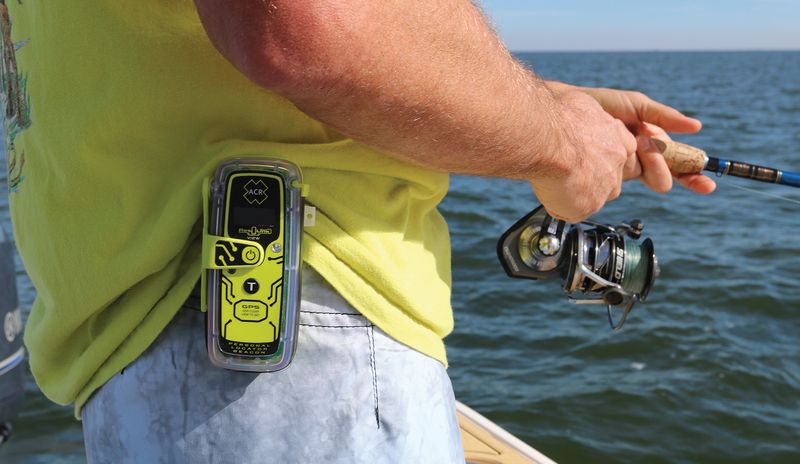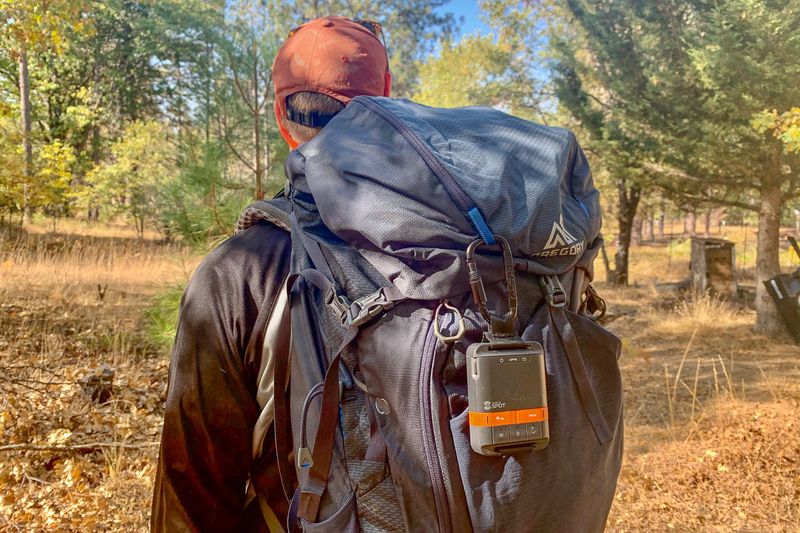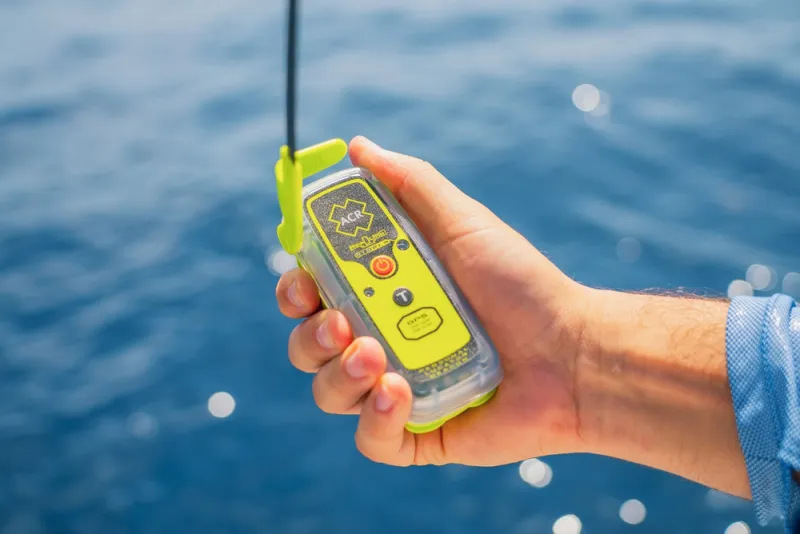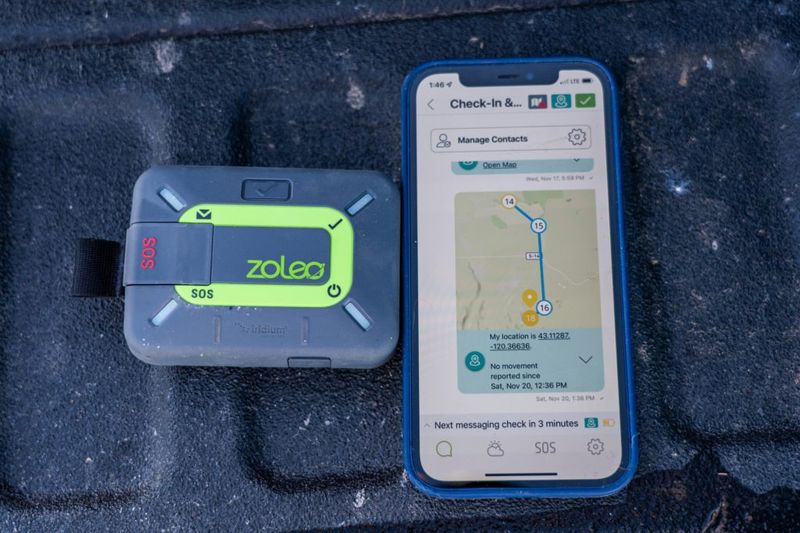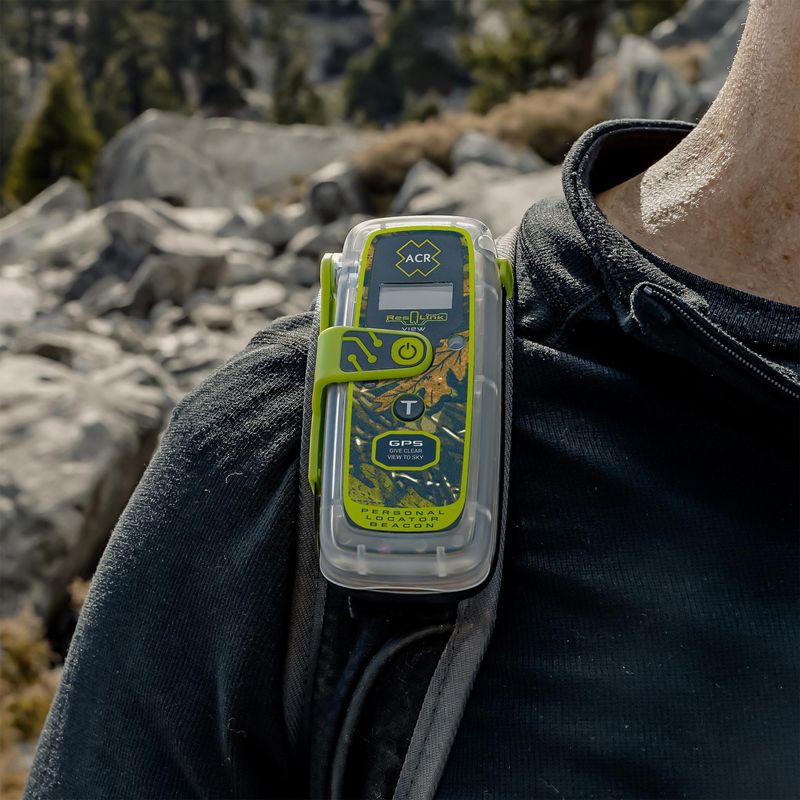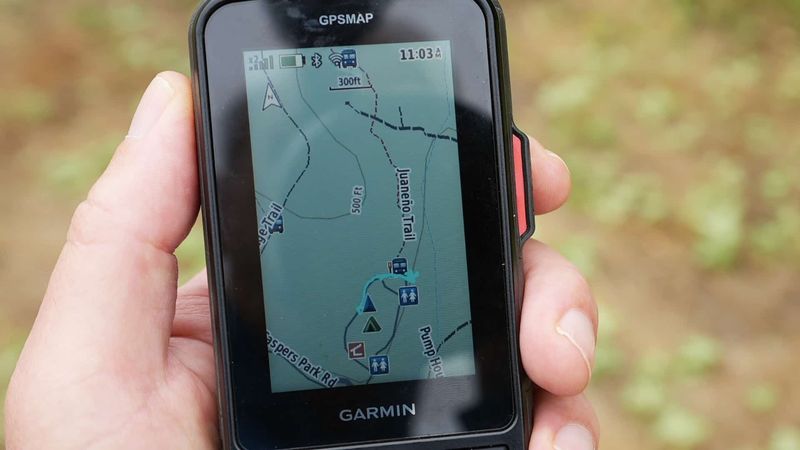When trails turn remote and cell bars vanish, a reliable beacon can turn a bad day into a lifesaving rescue. This guide cuts through marketing to spotlight proven personal locator beacons and satellite communicators hikers actually trust. From no‑subscription PLBs to feature‑rich messengers, we compare real-world usability, reliability, and value. Read on to pick the device that matches your adventures – and your safety priorities.
1. ACR ResQLink 400 PLB
The ACR ResQLink 400 is a no‑subscription PLB built for reliability when every second counts. It uses the global 406 MHz Cospas‑Sarsat network with GPS positioning to alert search and rescue anywhere on Earth. Lightweight and compact, it mounts easily to shoulder straps or slips into a hip belt pocket. Bright strobes aid night visibility, and robust waterproofing inspires confidence in wet conditions. With simple activation and a long-life battery, it prioritizes distress signaling over extras. For hikers who want a pure, proven beacon that just works, the ResQLink 400 remains a standout choice.
2. Ocean Signal rescueME PLB1
The Ocean Signal rescueME PLB1 is one of the smallest PLBs available, making it ideal for ultralight hikers who refuse to compromise safety. Despite its tiny size, it leverages the 406 MHz Cospas‑Sarsat network with GPS and includes a bright strobe for night visibility. A long shelf life battery and robust waterproof rating enhance reliability. The flip‑up antenna deploys quickly, and the controls are simple under stress. Its compact profile fits seamlessly on shoulder straps or PFDs. If you want a true, subscription‑free PLB that disappears in your kit, the PLB1 is a superb pick.
3. Garmin inReach Mini 2
The Garmin inReach Mini 2 blends SOS with two‑way satellite messaging, tracking, and weather via the Iridium network. It’s not a pure PLB and requires a subscription, but the communication features can be invaluable on long treks. You can coordinate pick‑ups, update family, or refine rescue details—all from a tiny, durable device. Seamless smartphone pairing extends usability, while preset messages conserve battery. TracBack and enhanced battery management improve reliability in the backcountry. If you want more than SOS, the Mini 2 offers unmatched capability in a featherweight package, ideal for hikers who value ongoing communication.
4. Garmin inReach Messenger / Messenger Plus
Garmin’s inReach Messenger and Messenger Plus expand on core SOS with robust two‑way texting, location sharing, and smart battery features. The Plus model adds richer media tools like photos and voice memos for expedition coordination. Both use the Iridium network and pair tightly with phones for seamless messaging. While subscriptions are required, the communication flexibility can streamline logistics and reduce uncertainty. Rugged construction, USB‑C charging, and intuitive apps support extended trips. For hikers and teams who manage complex plans or remote work in the field, these messengers deliver versatile, reliable connectivity alongside emergency response.
5. SPOT Gen4 / SPOT X
SPOT Gen4 and SPOT X are budget-friendly satellite communicators that provide SOS, tracking, and messaging on Globalstar’s network. They’re not true PLBs, but offer valuable backcountry communication with lower device costs. SPOT X adds a built‑in keyboard for easier texting, while Gen4 emphasizes simple tracking and check‑ins. Subscriptions are required, yet plans are often competitive for casual hikers. Battery life is solid, and the devices are durable for field use. If you want essential connectivity and SOS without premium pricing, SPOT’s lineup is a practical, widely used alternative to pure PLBs.
6. ACR ResQLink 410 RLS
The ACR ResQLink 410 RLS adds Return Link Service, confirming your distress message was received by rescue authorities. That reassuring acknowledgment reduces uncertainty in emergencies and helps you conserve energy and stay put. The 410 retains no subscription fees, Cospas‑Sarsat 406 MHz coverage, GPS/GNSS positioning, and rugged waterproof construction. It’s compact, straightforward to deploy, and designed for harsh environments. Strobe lighting enhances visibility for night or low‑light rescues. For hikers who want the confidence of a verified alert without ongoing costs or complicated interfaces, the ResQLink 410 RLS hits a smart, safety‑first sweet spot.
7. ZOLEO Satellite Communicator
ZOLEO bridges your phone and satellite with a simple, affordable communicator offering SOS, two‑way messaging, and location sharing. It uses the Iridium network for global reach and automatically routes messages over cellular or Wi‑Fi when available to save costs and battery. The device is rugged, weather‑resistant, and easy to mount on packs. Dedicated phone numbers and email improve contact reliability. While subscriptions apply and it’s not a PLB, ZOLEO delivers strong value for hikers who need periodic check‑ins, route tracking, and emergency escalation without paying for heavyweight expedition features.
8. ACR ResQLink View (PLB 425)
The ACR ResQLink View (PLB 425) adds a clear digital display that shows GPS acquisition, transmission status, and battery indicators during activation. That extra visibility reduces second‑guessing under stress and helps you verify a good SOS. Built on the proven Cospas‑Sarsat 406 MHz system, it requires no subscription, and its rugged housing is waterproof and buoyant. High‑intensity strobes aid night rescues, while compact dimensions suit minimalist kits. For hikers who value real-time status feedback in a true PLB, the ResQLink View offers a practical interface upgrade without complicating the core life‑saving function.
9. Garmin GPSMAP 67i
The Garmin GPSMAP 67i combines premium handheld GPS navigation with built‑in inReach satellite SOS and messaging. It’s a powerhouse for hikers who want mapping, multi‑band GNSS accuracy, long battery life, and full communication in one device. The rugged chassis, bright display, and physical buttons excel with gloves and bad weather. Advanced mapping, waypoint management, and track logging support complex routes. Subscriptions are required for satellite features, but consolidating devices reduces pack clutter and charging complexity. If you crave top-tier navigation plus reliable global comms, the 67i is an all‑in‑one backcountry command center.
10. ACR Bivy Stick
The ACR Bivy Stick is a lightweight satellite communicator that pairs with your phone for two‑way messaging, tracking, and SOS over Iridium. It’s ideal for ultralight hikers who prefer a minimal device and app-centric interface. Monthly plans can be paused to save costs between trips. The unit is compact, rugged, and easy to mount externally for better sky view. With weather forecasts and shareable tracking links, it supports both safety and logistics. While not a PLB, its streamlined design and flexible plans make it a smart choice for ounce‑counters needing reliable communication.
11. Somewear Global Hotspot
The Somewear Global Hotspot delivers two‑way messaging, tracking, weather, and SOS via the Iridium network in a compact, durable package. It pairs with your phone for an intuitive interface while offering reliable connectivity far from cell service. Strong battery life and intelligent power management keep it running on multi‑day trips. Share routes with contacts and customize update intervals to balance detail and battery consumption. Subscription required, but plans are competitive. For hikers tackling remote trails who want robust communication without a bulky device, Somewear is a polished, travel‑tested solution worth considering.
12. SPOT X (Updated)
The updated SPOT X refines two‑way satellite texting, tracking, and SOS with an integrated keyboard for phone‑free communication. It remains a cost‑effective alternative to pricier messengers, running on Globalstar with required subscription plans. The built‑in screen and dedicated shortcuts simplify sending check‑ins and coordinates. Rugged construction and solid battery life suit extended hikes. While it’s not a true PLB, the convenience of typing without a smartphone is a major win in cold or wet conditions. For hikers seeking budget messaging plus emergency escalation, SPOT X continues to deliver dependable functionality.
